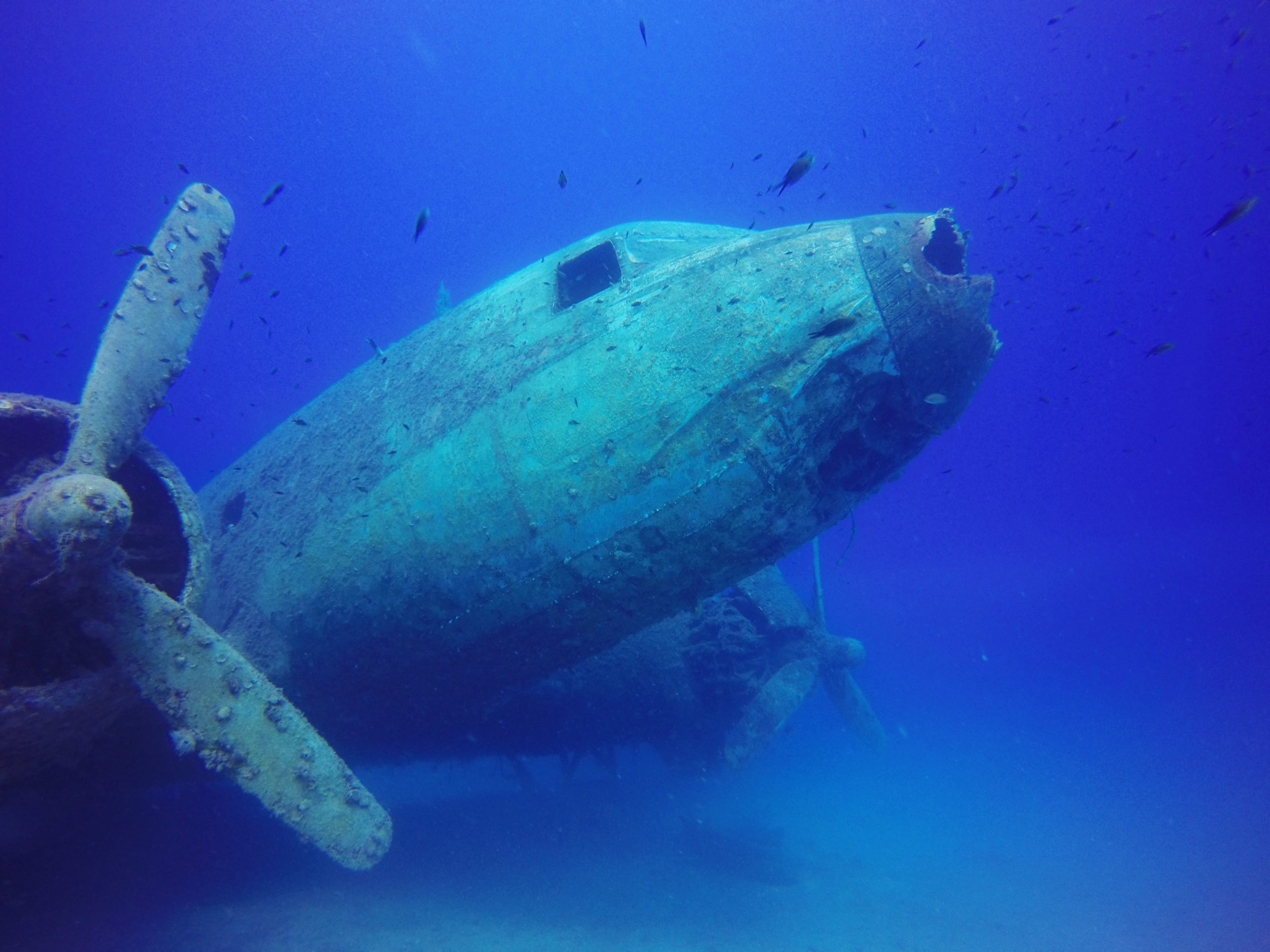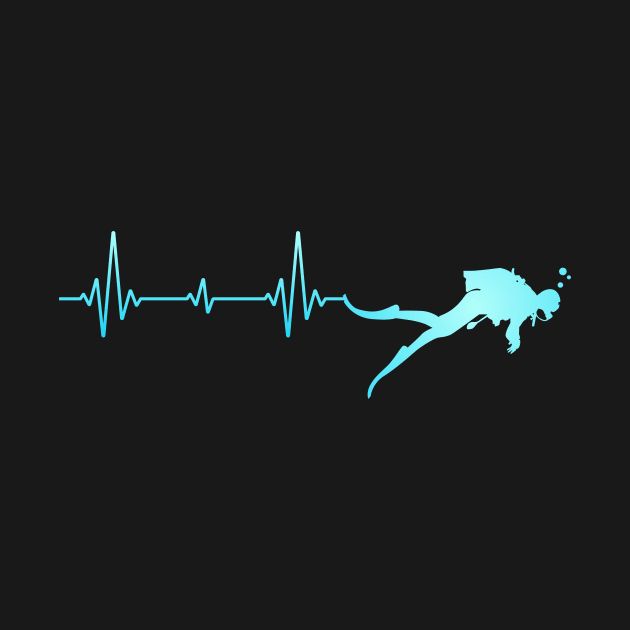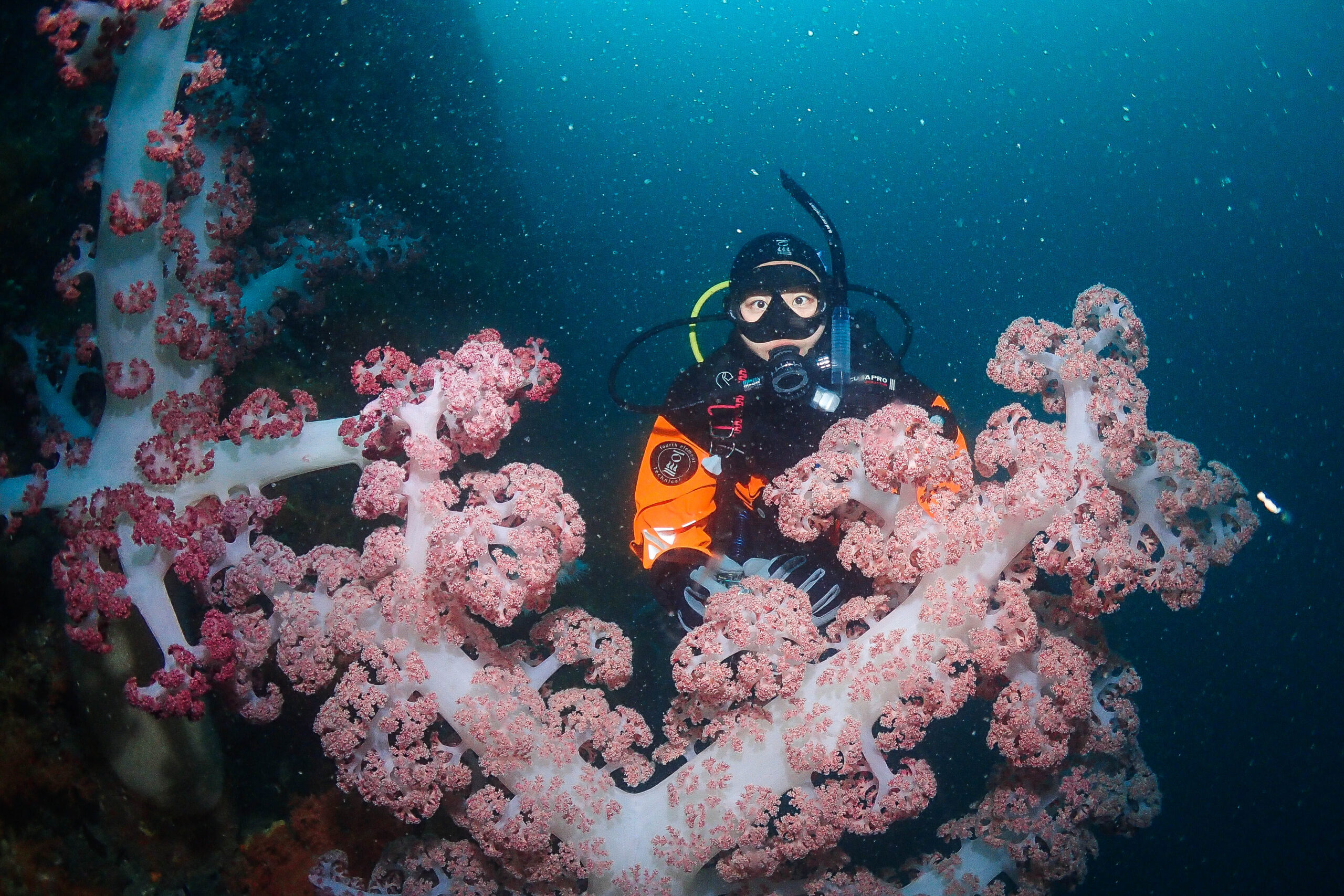Decompression sickness (DCS) is one of the most fascinating and dangerous conditions in the diving world. It is more than a diving-specific threat; it is part of the human story of discovery, innovation and scientific advancement. This article will be a bit more background on decompression sickness for divers and anyone interested in diving. Starting from the depths of history, when we were the most unconscious of the disease, to its modern understanding today.
The story of decompression sickness begins long before modern diving. Let’s go back to ancient civilizations. Ancient civilizations developed various diving methods to collect sponges, pearls and shells.

Aegean Sponge Divers
Divers hunting for sponges in the Aegean waters used a stone weight called a “scandalopetra” to descend rapidly to the depths. These divers stayed underwater for a long time, holding their breath. However, when they surfaced, they experienced unexplained symptoms such as joint pains, dizziness and paralysis. As we know today, this was an early example of decompression sickness.

Japanese Ama Divers & Korean Haenyeo Divers
Similarly, Ama divers in Japan and Haenyeos in Korea – mostly women – dived into deep water to collect pearls and seafood. These breath-holding, repetitive dives, combined with long-term exposure to cold water, rarely caused symptoms of decompression.


During this period, the cause of these symptoms was not understood. Most people interpreted them as the result of sea spirits or divine punishment. As time progressed, diving techniques improved and their uses multiplied.
Industrial Revolution and “Caisson Disease”
In the 19th century, the Industrial Revolution sparked people’s interest in underwater engineering projects. To build structures such as bridges and tunnels, workers began to work in “caissons”, pressurized chambers.
Brooklyn Bridge Construction (1870s)
One of New York’s most iconic structures, the Brooklyn Bridge is not only an engineering marvel, but also played an important role in the early understanding of decompression sickness.
To support the bridge’s massive towers, the foundations had to be excavated deep into the riverbed. This was done using caissons, large watertight chambers placed in the riverbed.
While working in the caissons, workers worked under compressed air to prevent water and sediment from seeping in. The air pressure inside the chamber was increased to compensate for the water pressure outside.
An Unknown Disease… Workers emerging from the caissons often experienced serious symptoms such as joint pain, dizziness, paralysis and sometimes death. At the time, these symptoms were mysterious and called “caisson disease”. The term “decompression sickness” was not yet known. Later scientific studies revealed that it was caused by the formation of nitrogen bubbles in the body due to rapid pressure changes. During the construction of the Brooklyn Bridge, hundreds of workers were affected by caisson disease. In severe cases, many workers were permanently disabled and some died.
One of them was Washington Roebling, the project’s chief engineer. While supervising construction on the caissons, he experienced severe symptoms and was left partially paralyzed for the rest of his life. Despite his health problems, Roebling continued to manage the project from his home. His wife Emily Warren Roebling, who relayed his instructions to the workers, played a key role in the bridge’s completion.

Euphrates Tunnel (1869)
An earlier example was observed in the Euphrates Tunnel in 1869. Caisson workers faced similar problems, but at the time there was no way to prevent or treat the condition.
The Industrial Revolution brought the dangers of working in pressurized environments into the open for the first time and inspired scientific research.
The First Scientific Breakthroughs: Paul Bert and John Scott Haldane
The Work of Paul Bert (1878)
French physiologist Paul Bert was one of the first to scientifically study decompression sickness. Bert discovered that the rapid pressure drop causes dissolved nitrogen gas to form bubbles in the bloodstream. He identified these bubbles as the main cause of symptoms. Bert suggested that controlled decompression could prevent this, and this formed the basis for future safety measures.

John Scott Haldane (1906)
Scottish physiologist John Scott Haldane developed the first decompression tables for the Royal Navy based on Bert’s findings. These charts were based on studies of goats undergoing experiments in a pressurized environment. Haldane proposed a gradual ascent process to ensure the safe removal of nitrogen from the body. These charts revolutionized military and commercial diving operations.

Commercial Diving and Deep Sea Challenges
In the 20th century, with the increase in commercial diving, decompression sickness became a significant occupational risk, especially among divers working in the oil and gas industry.
Sponge divers in the Aegean Sea, using more modern techniques than in ancient times, began to use new suits over time. These suits allowed them to dive for longer periods of time, but the incidence of strikes increased due to insufficient decompression knowledge.
Working with limited equipment and knowledge, these divers developed traditional methods, practical solutions and sometimes superstitious practices to alleviate the symptoms. Here are some of the very interesting methods they practiced at the time.

1- Returning to Depth (Repressurizing in Water)
One of the most effective traditional methods was to send the affected diver back to depth to relieve symptoms. Returning to depth increases the ambient pressure, temporarily redissolving the nitrogen bubbles that cause pain and other symptoms. While this method provided short-term relief, it delayed proper treatment and could lead to serious long-term complications such as paralysis or chronic joint pain.
2- Rest and Recovery on the Surface
Divers who were unable to return to depth were often advised to rest. Staying still to minimize movement prevented gas bubbles from displacing and worsening symptoms. Or it was believed to prevent it.
3- Traditional Treatments and Superstitions
In the absence of a scientific explanation, sponge divers turned to folk treatments and traditional knowledge. Mixtures of local herbs or oils were often applied to aching joints or consumed as tea. In some cultures, these symptoms were seen as the “wrath of the sea gods”. Divers made offerings or prayers to appease these forces. They would try to “rub out” the pain. But this method often increased the damage by spreading the gas bubbles further.
Experienced divers and captains developed some early safety protocols with knowledge passed down through generations.
Slow ascent: Although not fully familiar with decompression, some crews advised divers to ascend more slowly to reduce symptoms.
Limiting Dive Duration: Divers were asked to stay underwater for shorter periods of time. But economic pressures often trumped safety measures.

Saturation Dives
In the 1960s, the technique of saturation diving was developed for commercial divers. In this method, divers live in pressurized environments for weeks and undergo decompression only once at the end of their mission.
In more detail, saturation diving is based on the principle that the diver’s body tissues absorb the maximum amount of inert gas at a given pressure. Once the tissues are “saturated”, the time the diver spends at depth no longer increases the decompression time. Therefore, instead of returning to the surface after each dive, divers live in an environment at the same pressure as the depth at which they are working. This method minimizes the risk of decompression sickness by reducing decompression cycles. After completing their mission, divers undergo a controlled decompression process that can last for days. This minimizes the risk of decompression sickness.

So far we have talked about how much we don’t actually know about the disease of Decompression. But the closer we get to the present day, the better we understand what decompression sickness is.
So what is Decompression sickness in the simplest terms, in a way that everyone can understand?
Decompression sickness is a condition that occurs when divers return to the surface too quickly after spending time at depth, and is commonly known as “strokes”. The increased pressure during the dive causes the nitrogen in the breathing gas to dissolve in the body tissues. If the pressure decreases too quickly during ascent, the dissolved nitrogen begins to form bubbles in the body. This can lead to symptoms such as joint pain, fatigue, dizziness and even serious complications that can be life-threatening.
We can simulate this with a sponge; when the sponge is squeezed under water, the air bubbles stay in, but when it is slowly released, the bubbles gently come out. But if the sponge is released suddenly, the bubbles can burst quickly and cause damage. In the human body, these nitrogen bubbles can cause symptoms of decompression sickness.

Decompression Sickness in the Modern Period
Today, advanced technologies and methods are used to improve diving safety.
Dive Computers: Guides divers by controlling depth, duration and rate of ascent.Hyperbaric Oxygen Therapy: People with symptoms of DCS are treated in specialized pressure chambers. This method allows gas bubbles to dissolve safely.
Training and Awareness: Modern diving training includes comprehensive information and protocols to prevent decompression sickness.
The history of decompression sickness is full of scientific discoveries and human courage. From ancient sponge divers to modern commercial divers, it is a by-product of the human passion for exploring the underwater world.
The key to safe diving is knowledge and preparation. Whether you are a diver or someone interested in this world, understanding decompression sickness will help you approach diving in a more informed way.
Have a safe dive!











